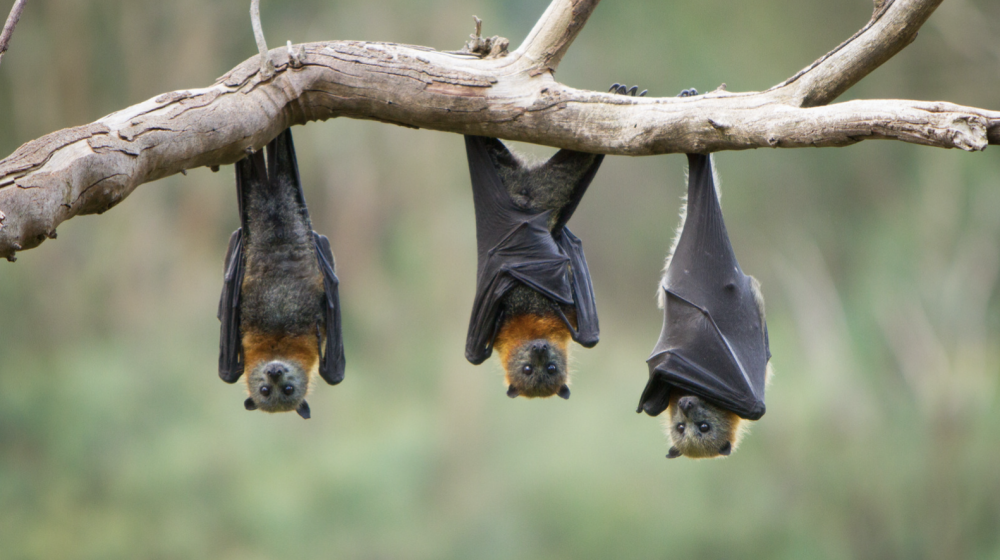Bats: Just the Facts

Bats may look spooky to some, but they perform critical tasks in the environment that help humans, including pollinating plants, distributing seeds, and controlling insect pests.
Bats have long been associated with Halloween, and this has fostered many myths about them. They may look spooky to some, but they perform critical tasks in the environment that help humans.
The 1,400 species that are spread across six different continents serve an important purpose in our ecosystem. They pollinate plants, distribute seeds, and control insect pests, including mosquitoes. Fifteen different species of these small mammals live in Mississippi. Most of them weigh less than one ounce.
Bats live in various habitats, including swamps, forests, pastures, agricultural land, and urban areas. Bats need protection from predators, extreme temperatures, and suitable places to rest and raise young.
Sometimes bats find their way into houses and other structures. Bats can accidentally fly into an open door or window or squeeze through a small opening to get into an attic or wall void. People may occasionally find a sick, injured, or dead bat that has fallen from the sky. That said, you should never handle a bat. Like other wildlife, bats can carry diseases that could make humans sick.
If a bat accidentally enters a home or business, simply open exterior doors and windows to allow the bat to escape. If the bat doesn’t leave or if you encounter a bat in one of the other scenarios, contact the Mississippi Department of Wildlife, Fisheries and Parks for guidance. Again, do not handle the bat yourself under any circumstances!
Keep in Mind
Some bats are protected by federal law because of the role they play in our ecosystem and their declining numbers. Mishandling or killing certain bat species is punishable by law. According to the International Union for Conservation of Nature, worldwide 21 species are critically endangered, meaning there is an eminent risk of extinction. Eighty-three species are endangered, while another 109 are listed as vulnerable. The IUCN uses these three classifications for threatened species, depending on the degree of endangerment.
Did You Know?
Check out these amazing facts from Bat Conservation International:
- Bats are mammals that belong to the order Chiroptera, which is from the Greek words Cheir (hand) and Pteron (wing).
- On average, most bats can eat up to half their body weight in insects per night.
- Bats are the only mammals capable of true flight.
- Most species give birth to only one pup per year, making bats some of the slowest reproducing mammals for their size.
- Bats are the primary pollinators for agave plants in the wild. They help pollinate many other types of plants from deserts to rainforests by picking up and depositing pollen as they feed on nectar.
For more information about bats, bat conservation, and bat management visit the Bat Conservation International website and the Mississippi Bat Working Group website.
Read more on our Extension website about how Bats Enjoy the Night Life in Mississippi and the threat of White Nose Syndrome.
Subscribe to Extension for Real Life
Fill in the information below to receive a weekly update of our blog posts.








